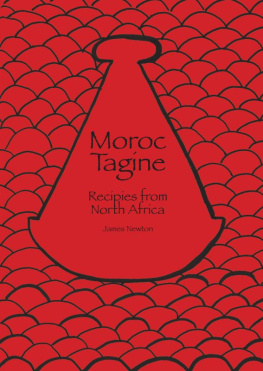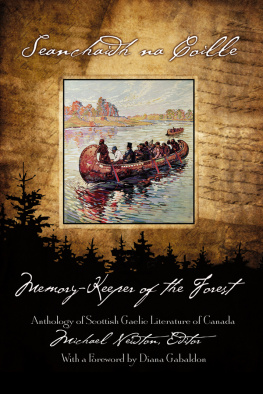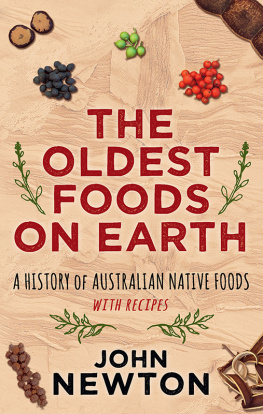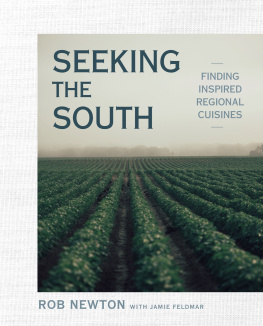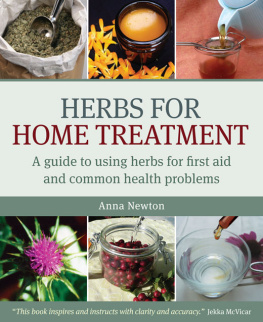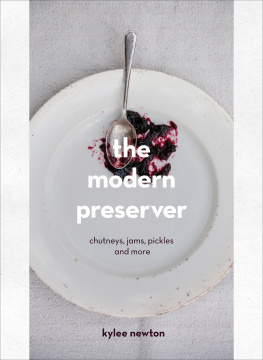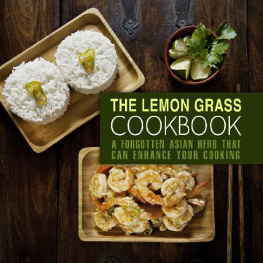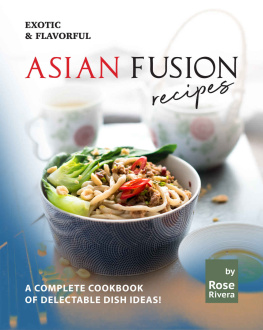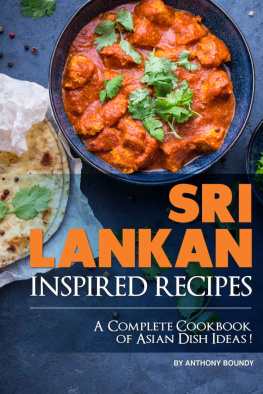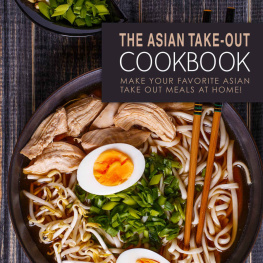Moroc
Tagine
By James Newton
Smashwords Edition Copyright 2012-13 Springwood Emedia Why not tryInternational
Bestselling Cookbooks:
Moroc Cuisine
Middle Eastern Cuisine
Contents
Introduction About Morocco Essentials: Ras El Hanout Recipe Harissa Preserved lemons Accompaniments: Moroccan Couscous Spicy Moroccan Rice with Tomatoes andPeppers Moroccan Sweet Potato Salad - Sweet Potatoand Raisin Salad Serrouda - Moroccan Chickpea Puree Moroccan Carrot and Orange Salad Moroccan Kushari Moroccan Lentil Salad Aubergine stuffed with lamb and rice Tagines: Lamb, squash & apricot tagine Tagine Lamb & Sausage Moroccan meatball tagine with lemon &olives Chicken tagine with figs and almonds Lamb and tomato tagine Moroccan chicken tagine Lamb Tagine with Tomatoes and CaramelizedSweet Onions Moroccan Fish Tagine Moroccan King Prawn Tagine Moroccan Seafood Tagine Agadir Chicken Tagine Pumpkin, cranberry & red oniontagine Guinea Fowl Tagine Lamb tagine with dates & sweetpotatoes Duck tagine with clementines Lamb & apricot Moroccan stew Chickpea tagine with figs Beef and Pear Tagine Tagine Goat & Choritzo Sausage Chicken and Peach Tagine Tagine Rabbit & Salami Sausage Chicken and Chickpea Tagine Lamb and Date Tagine Lamb and quince tagine Sweet potato, zucchini and chickpeatagine Nile Crocodile and Apricot Tagine Introduction Moroccan cuisine is extremely diverse,thanks to Moroccos interaction with other cultures and nationsover the centuries. Moroccan cuisine has been subject to Berber,Moorish, Mediterranean, and Arab influences. The cooks in the royalkitchens of Fez, Meknes, Marrakesh, Rabat and Tetouan refined itover the centuries and created the basis for what is known asMoroccan cuisine today. Morocco produces a large range ofMediterranean fruits and vegetables and even some tropical ones.Common meats include mutton and lamb, beef, chicken, camel, rabbitand seafood, which serve as a base for the cuisine. Characteristic flavorings include lemonpickle, cold-pressed, unrefined olive oil and dried fruits. It isalso known for being far more heavily spiced than Middle Easterncuisine.
Spices are used extensively in Moroccanfood. Although spices have been imported to Morocco for thousandsof years, many ingredients, like saffron from Tiliouine, mint andolives from Meknes, and oranges and lemons from Fez, arehome-grown. Common spices include karfa (cinnamon), kamoun (cumin),kharkoum (turmeric), skinjbir (ginger), libzar (pepper), tahmira(paprika), anise seed, sesame seeds, qesbour (coriander), andzaafran beldi (saffron). Common herbs include mint andmaadnous(parsley.) The main Moroccan dish most people arefamiliar with is couscous, an old delicacy probably of Berberorigin. Among the most famous Moroccan dishes areCouscous, Pastilla (also spelled Bsteeya or Bestilla), Tajine,Tanjia and Harira. Although the latter is a soup, it is consideredas a dish in itself and is served as such or with dates especiallyduring the month of Ramadan.
Usually, seasonal fruits rather than cookeddesserts are served at the close of a meal. A common dessert iskaab el ghzal (gazelles horns), a pastry stuffed with almondpaste and topped with sugar. Another is Halwa shebakia ,pretzel-shaped dough deep-fried, dipped into a hot pot of honey andsprinkled with sesame seeds. Halwa Shebakia are cookies eatenduring the month of Ramadan. Coconut fudge cakes, Zucre Coco, arepopular also. The most popular drink is green tea withmint.
Traditionally, making good mint tea in Morocco is consideredan art form and the drinking of it with friends and family is oftena daily tradition. The pouring technique is as crucial as thequality of the tea itself. Moroccan tea pots have long, curvedpouring spouts and this allows the tea to be poured evenly intotiny glasses from a height. For the best taste, glasses are filledin two stages. The Moroccans traditionally like tea with bubbles,so while pouring they hold the teapot high above the glasses.Finally, the tea is accompanied with hard sugar cones or lumps. About Morocco 1.
The official name of Morocco is theKingdom of Morocco. 2. It spreads over an area of approximately710,850 sq km. 3. The Moroccan Constitution provides for amonarchy with a Parliament and an independent judiciary. 4.
The capital of Morocco is Rabbat, whileits currency is Moroccan dirham. 5. Morocco gained independence from Francein 1956. 6. Morocco is a member of the Arab League,Arab Maghreb Union, the Francophonie, Organization of the IslamicConference, Mediterranean Dialogue group and Group of 77. 7.
The full Arabic name of Morocco isAl-Mamlaka al-Maghribiya, which translates to The WesternKingdom. 8. Morocco is the 12th richest country inAfrica. 9. The official language of Morocco isArabic. 10. 10.
Arabs and Berbers make up majority ofthe population of Morocco, followed by Jews and others. 11. A number of stone circles, present inMorocco, serve as the proof of its contact with the megalithiccultures of Atlantic Europe. 12. The shrine of Sidi Yahya, situated inOujda city of Morocco, is said to be the tomb of John theBaptist. 13.
The University in Fes, founded in 859AD, claims to be the oldest university in the world. 14. In the previous times, it was unlawfulto sell a date tree, as it was a source of food for the family. 15. Tangier was an International City, from1922 to 1956, being ruled by representatives of eight Europeancountries. 16.
Moroccan cuisine is a mixture ofEuropean and African cuisine, due to its location between Europeand Africa. 17. Most of the Moroccans eat meals madefrom wheat and barley Moroc Tagines Essentials Ras El Hanout Recipe Moroccan Spice Blend Ras El Hanout is acomplex, aromatic Moroccan spice blend. Most recipes includecardamom, nutmeg, anise, mace, cinnamon, ginger, various peppers,and turmeric, but 30 or more ingredients might be used. Typicallyprepared by grinding together whole spices, dried roots and leaves,this recipe keeps things simple by using ground spices. Ingredients: 2 teaspoons ground ginger 2 teaspoons ground cardamon 2 teaspoons ground mace 1 teaspoon cinnamon 1 teaspoon ground allspice 1 teaspoon ground coriander seeds 1 teaspoon ground nutmeg 1 teaspoon turmeric 1/2 teaspoon ground black pepper 1/2 teaspoon ground white pepper 1/2 teaspoon ground cayenne pepper 1/2 teaspoon ground anise seeds 1/4 teaspoon ground cloves Harissa Harissa Paste is used in middle-eastern andafrican recipes.
It is easy to prepare, and once made, it can bekept in the refrigerator for 3 months. (Once open, use within one week.) Portion:100g of Harissa Paste Ingredients: 100g dried hot chilies 8 cloves garlic, peeled and roughly chopped1 tbsp. Cumin powder 1 tbsp. Coriander powder 1 tsp. salt Method Place the chilies in a bowl, bring somewater to the boil and pour over the chilies Leave them to soak for30-45 minutes. Then remove the chilies from the water and discardtheir stems.
Reserve the water they were soaked in. Place all the ingredients if a foodprocessor or blender and puree adding as much of the chili waterneeded until you have a smooth paste or grind them together in amortar and pestle. Store in a well sealed jar in therefrigerator for up to 3 months, once upon use it in 1 week Preserved lemons Ingredients 7 unwaxed lemons, well-washed 1 tsp cumin seeds 1 tsp peppercorns 115 g rock salt 2 tsp sweet paprika Method Place the lemons in a large saucepan andcover with water. Bring to the boil and cook briskly until thelemons are tender, around 10-15 minutes. Turn off the heat and leave the lemons tosoak in their cooking water for 4 hours. Drain the lemons and cut a deep cross oneach lemon, making sure you dont totally cut through thelemons.
In a pestle and mortar grind together thecumin and peppercorns. Mix with the rock salt. Sprinkle salt generously over the lemonsmaking sure that the salt penetrates inside the lemons. Place the lemons inside a sterilised jar andadd the remaining spiced salt. Sprinkle with the paprika and sealthe jar tightly Accompaniments Moroccan Couscous Ingredients Serves: 8 1 1/4 teaspoons ground cumin 1/2 teaspoon ground ginger 1/4 teaspoon ground cloves 1/8 teaspoon ground cayenne pepper 1/2 teaspoon ground cardamom 1/4 teaspoon ground coriander 1/4 teaspoon ground allspice 1 tablespoon olive oil 1 red onion, cut in half and thinlysliced 1 red, green, or yellow pepper, cut into 2cmpieces 2 courgette, halved lengthways and cut into1cm pieces 80g sultanas 1 teaspoon sea salt grated zest of one orange 1 (400g) tin chickpeas, rinsed anddrained 350ml chicken stock 125ml orange juice 260g couscous 3 tablespoons chopped fresh mint Preparation method Place a large, heavy bottomed pot overmedium heat. Stir in the cumin, ginger, cloves, cayenne, cardamom,coriander and allspice; gently toast until fragrant, about 2 to 3minutes.

